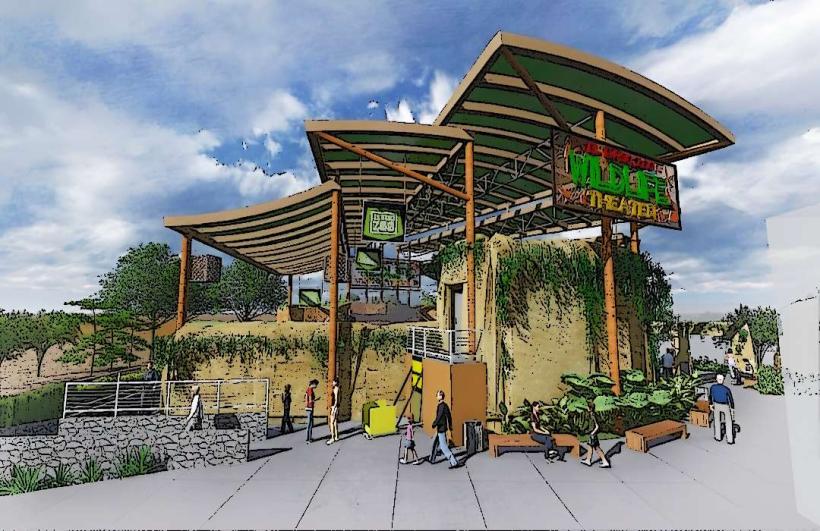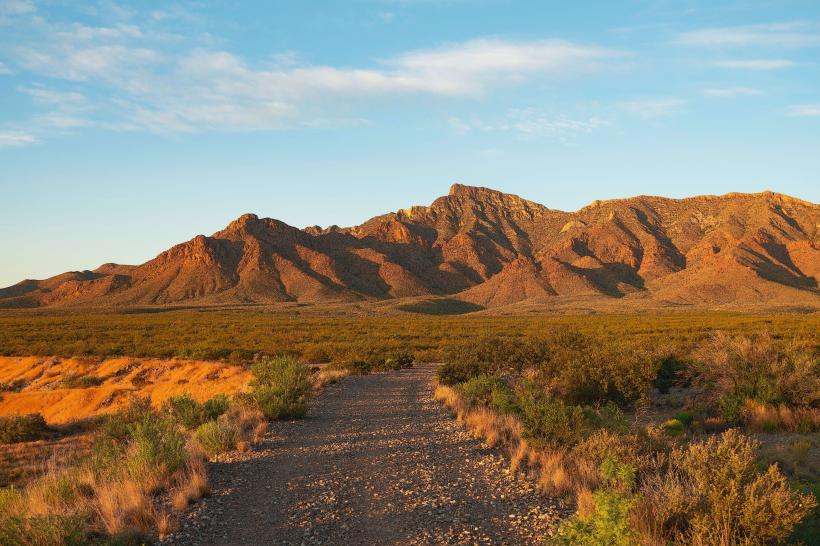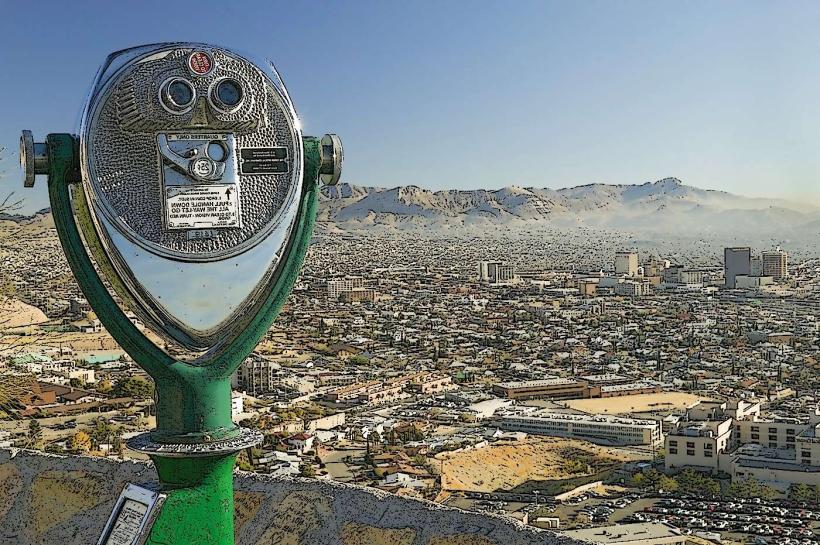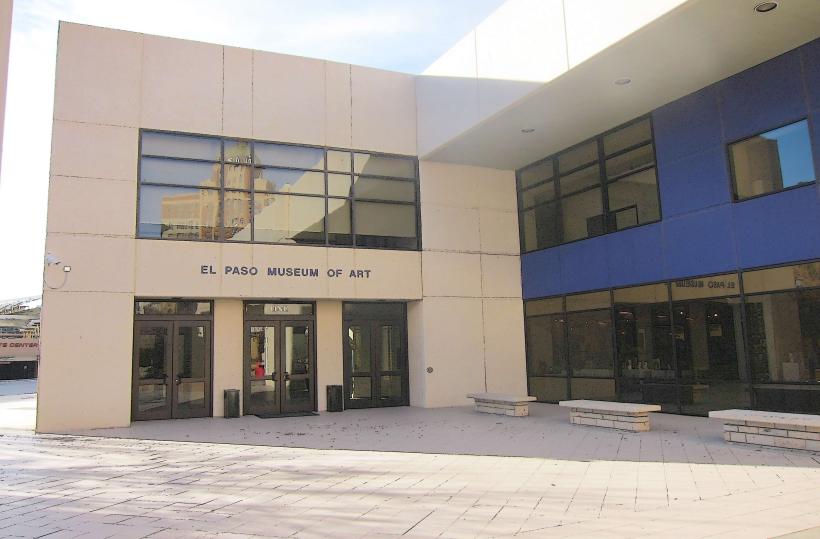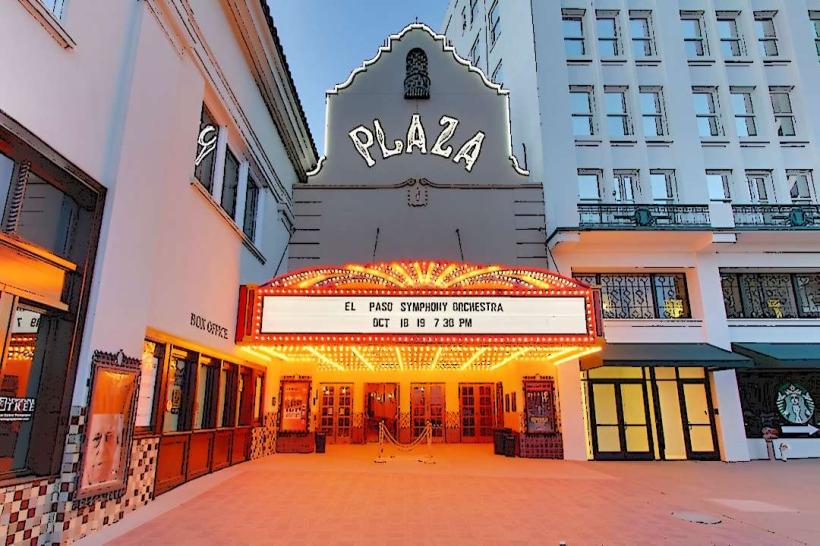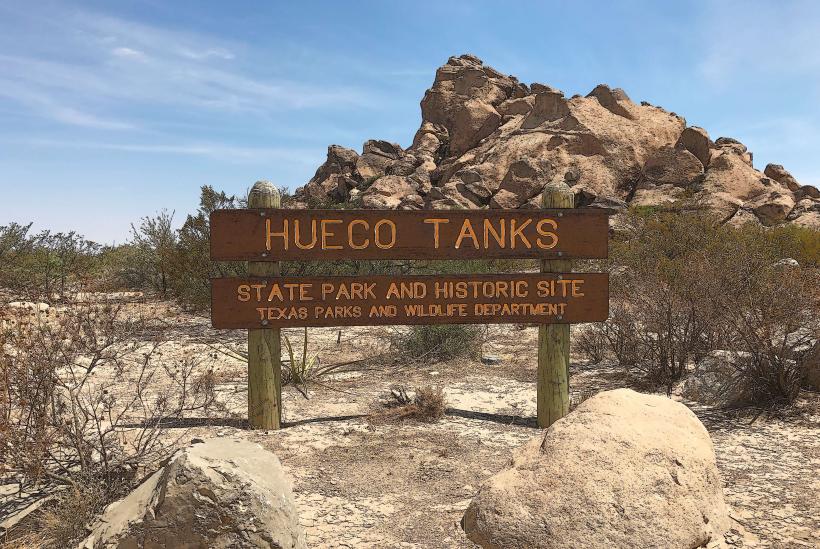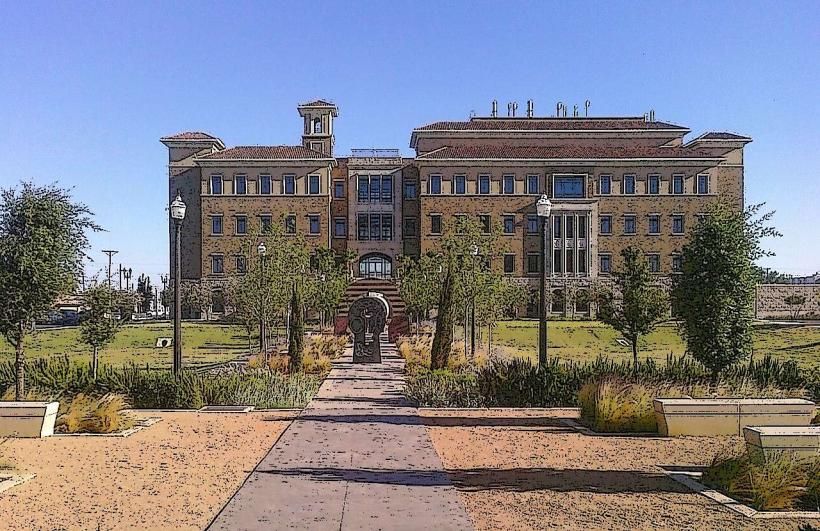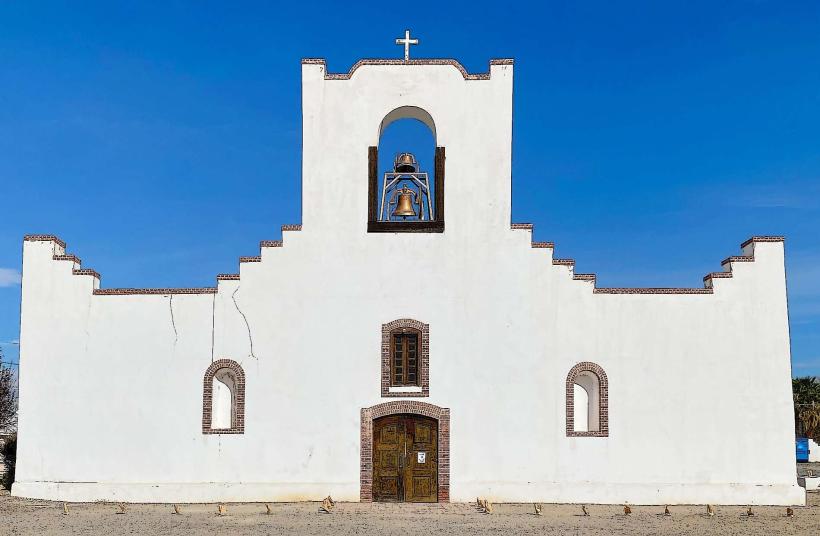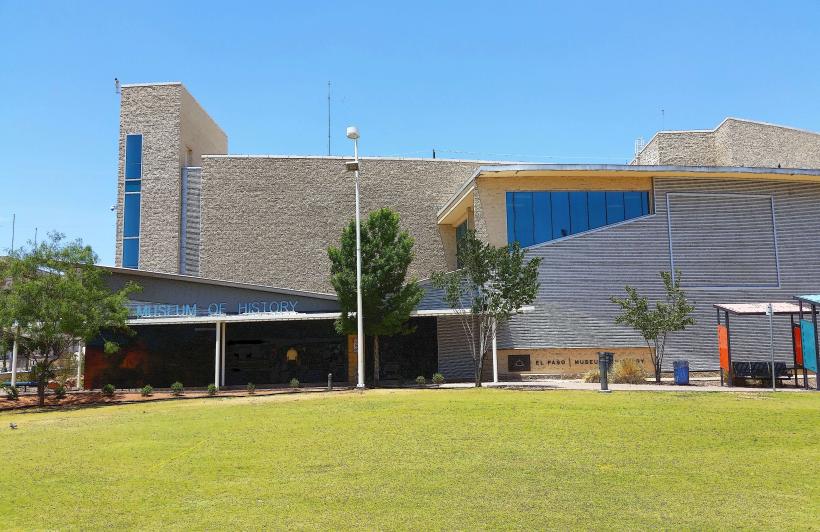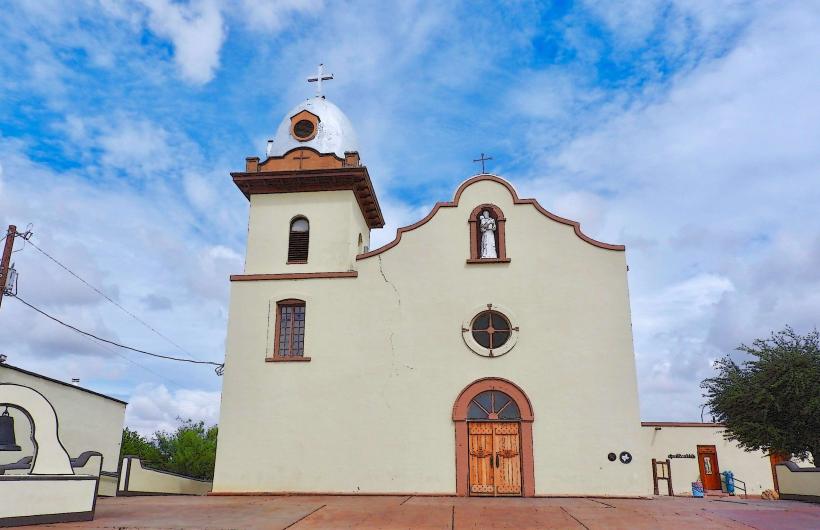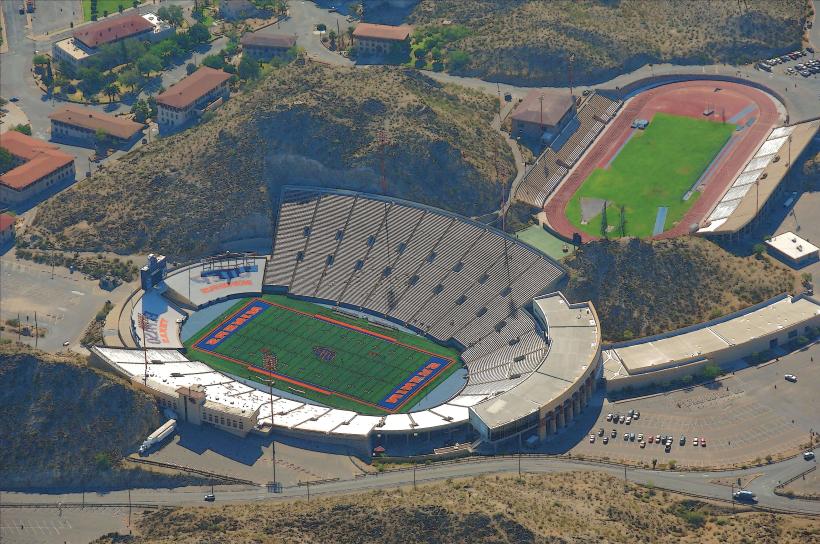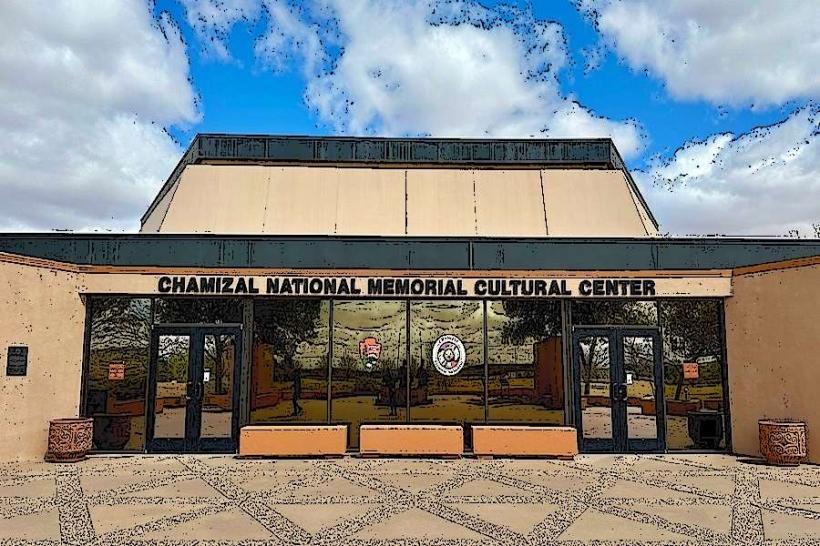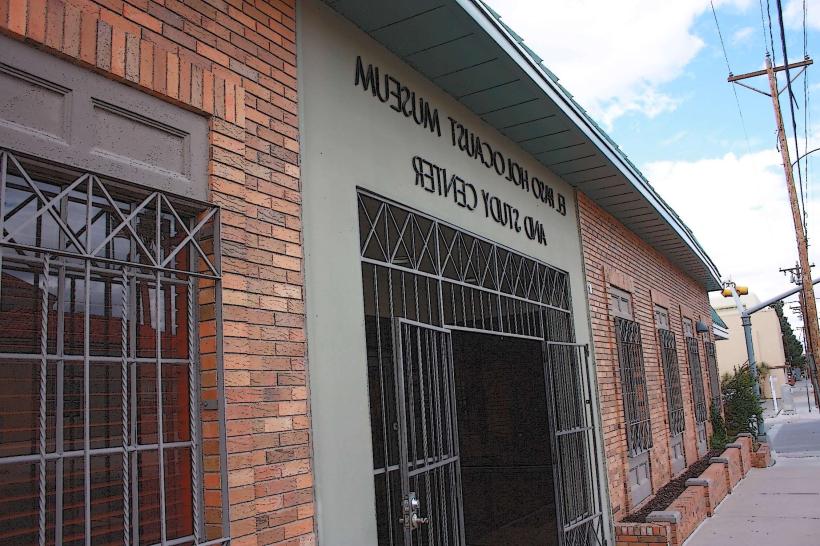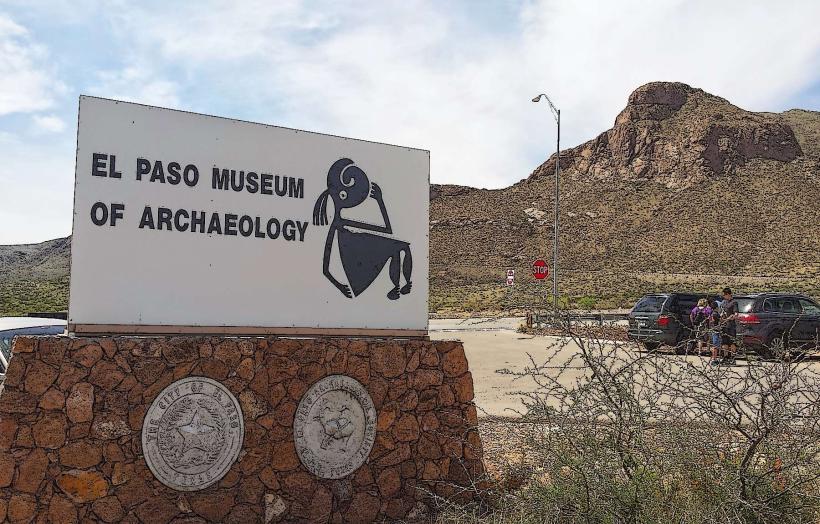Information
City: El PasoCountry: USA Texas
Continent: North America
El Paso, USA Texas, North America
El Paso, located at the westernmost point of Texas along the U.S.–Mexico border, is a culturally rich, historically significant, and geographically unique city. It lies directly across the Rio Grande from Ciudad Juárez, Mexico, forming one of the largest international metropolitan areas in the world. Known for its strong binational identity, stunning desert landscapes, and military presence, El Paso stands apart from other major Texas cities in both character and geography.
Here is a detailed overview of El Paso:
1. Geography and Location
El Paso is situated in the far western corner of Texas, in the Chihuahuan Desert, bordered by New Mexico to the north and Mexico to the south.
Mountains and Desert: The Franklin Mountains bisect the city and are part of the larger Rocky Mountains. They provide scenic views and recreational opportunities. The surrounding desert climate creates a landscape filled with rugged hills, arroyos, and cacti.
Rio Grande: The river serves as the natural boundary between El Paso and Ciudad Juárez. Historically vital for irrigation and settlement, it continues to play a major role in the region's ecology and politics.
2. History
El Paso’s history stretches back thousands of years, with Native American, Spanish colonial, and frontier influences.
Early Inhabitants: Indigenous peoples, including the Manso and later Apache tribes, lived in the area long before European arrival.
Spanish Colonial Era: The area became part of New Spain in the 1500s. In 1659, the Spanish established the mission of Nuestra Señora de Guadalupe across the river in what is now Ciudad Juárez. El Paso remained a key frontier settlement throughout the Spanish and Mexican periods.
19th Century Growth: After the U.S. acquired the area following the Mexican–American War, El Paso grew with the arrival of the railroad in the 1880s. It became a Wild West town, with lawmen, saloons, and outlaws, and played a role in the Mexican Revolution due to its proximity to the border.
Military and Development: The founding of Fort Bliss and later infrastructure projects solidified El Paso as a strategic and economic center in the Southwest.
3. Demographics and Culture
El Paso has a distinctive cultural identity shaped by its proximity to Mexico and its long history of cross-border interaction.
Hispanic Majority: Over 80% of El Paso’s population is Hispanic, primarily of Mexican descent. Spanish is widely spoken, and the city's culture reflects a fusion of American and Mexican traditions.
Binational Region: El Paso and Ciudad Juárez are closely linked economically, socially, and culturally. Families, businesses, and workers often cross the border daily.
Multiculturalism: In addition to Hispanic influences, El Paso includes Native American, Anglo-American, and even German and Middle Eastern communities, resulting in a diverse and dynamic local culture.
4. Economy
El Paso’s economy is closely tied to its military base, cross-border trade, manufacturing, and education sectors.
Military: Fort Bliss, one of the largest military installations in the U.S., is a major economic driver. It supports tens of thousands of active-duty personnel and civilian employees and provides significant defense-related business activity.
Trade and Logistics: El Paso is a major gateway for trade with Mexico. The maquiladora (manufacturing) industry in Ciudad Juárez creates strong demand for logistics, warehousing, and transportation services in El Paso.
Manufacturing and Assembly: Light manufacturing and electronics assembly are key industries. Many international firms operate facilities that take advantage of the region’s workforce and logistics capabilities.
Health Care and Education: El Paso is a regional medical hub, with several large hospitals and research institutions. The University of Texas at El Paso (UTEP) is a major employer and academic center.
Retail and Services: The city has a strong service sector, supported by local consumers and shoppers from Mexico.
5. Education
El Paso has a strong education system, with major institutions and programs focused on bilingual and border studies.
University of Texas at El Paso (UTEP): A respected public research university known for engineering, business, science, and border-related studies. Its distinctive Bhutanese-style architecture makes it one of the most unique campuses in the U.S.
El Paso Community College (EPCC): Serves tens of thousands of students and provides technical, vocational, and transfer programs.
Public Schools: El Paso is served by multiple school districts, including El Paso ISD, Ysleta ISD, and Socorro ISD. Many schools emphasize bilingual education due to the city's demographics.
6. Military Presence – Fort Bliss
Fort Bliss is one of the most important features of El Paso.
Size and Scope: Covering nearly 1.2 million acres, it is one of the largest military complexes in the country. It hosts the U.S. Army’s 1st Armored Division and various training and testing facilities.
Economic Impact: Fort Bliss contributes billions annually to the local economy and brings a steady influx of military families, contractors, and support services to the area.
Community Ties: The base maintains close ties with the local community and plays a role in civic events, education, and local partnerships.
7. Arts, Culture, and Landmarks
El Paso boasts a vibrant cultural scene that includes museums, historic sites, and annual events.
El Paso Museum of Art: Features American, Mexican, and European works and offers regular exhibitions and cultural programming.
Plaza Theatre: A restored 1930s atmospheric theater in downtown El Paso that hosts concerts, plays, and film festivals.
Magoffin Home State Historic Site: A preserved adobe house built in 1875 that showcases life on the frontier and the multicultural heritage of the region.
El Paso Mission Trail: A group of historic Spanish missions dating back to the 17th century, including Ysleta Mission, the oldest continually operating parish in Texas.
Chamizal National Memorial: A cultural center and park commemorating the peaceful settlement of a border dispute between the U.S. and Mexico. It hosts exhibits, performances, and events celebrating the area's binational heritage.
8. Nature and Recreation
Despite being in the desert, El Paso offers a variety of outdoor activities and natural attractions.
Franklin Mountains State Park: One of the largest urban parks in the U.S., offering hiking, rock climbing, mountain biking, and panoramic views of the city and desert.
Hueco Tanks State Historic Site: A unique desert oasis known for ancient pictographs, rock climbing, and desert flora. It is sacred to Native American tribes.
Rio Grande River Trails: Trails and parks along the river provide walking, cycling, and birdwatching opportunities.
El Paso Zoo: A family-friendly attraction featuring animals from desert, African, and Asian habitats.
9. Climate
El Paso has a hot desert climate, with long, dry summers and mild winters.
Summer: Temperatures often exceed 100°F (38°C), but low humidity makes the heat more bearable. Air conditioning is essential.
Winter: Generally mild, with occasional frost. Snow is rare but not impossible.
Sunshine: El Paso is one of the sunniest cities in the U.S., averaging over 300 sunny days per year.
10. Transportation
El Paso is a regional transportation hub, with connections by air, highway, and rail.
Highways: Interstate 10 runs through the city, providing east-west access across Texas and the Southwest.
Public Transit: Sun Metro operates buses across the city and into the suburbs. A modern streetcar system connects downtown with the University of Texas at El Paso and surrounding neighborhoods.
Airport: El Paso International Airport serves domestic flights and connects the city to major U.S. hubs.
International Bridges: Several border crossings allow vehicle and pedestrian travel to and from Ciudad Juárez.
Conclusion
El Paso is a unique Texas city with a distinctive identity rooted in its border location, military presence, and multicultural heritage. It offers a deep sense of history, vibrant cultural life, and access to both urban and natural experiences. El Paso’s strength lies in its resilience, its rich blend of traditions, and its strategic role as a gateway between the U.S. and Mexico.

